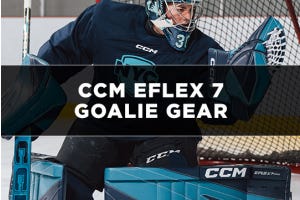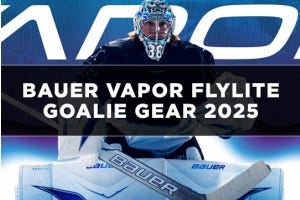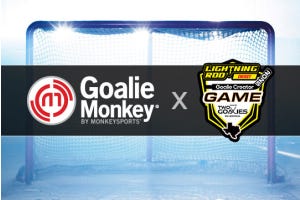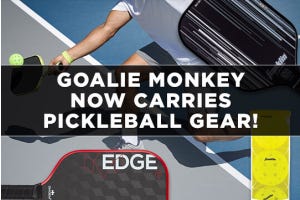Goalie Skate Buying Guide: Tips to Buying Goalie Skates
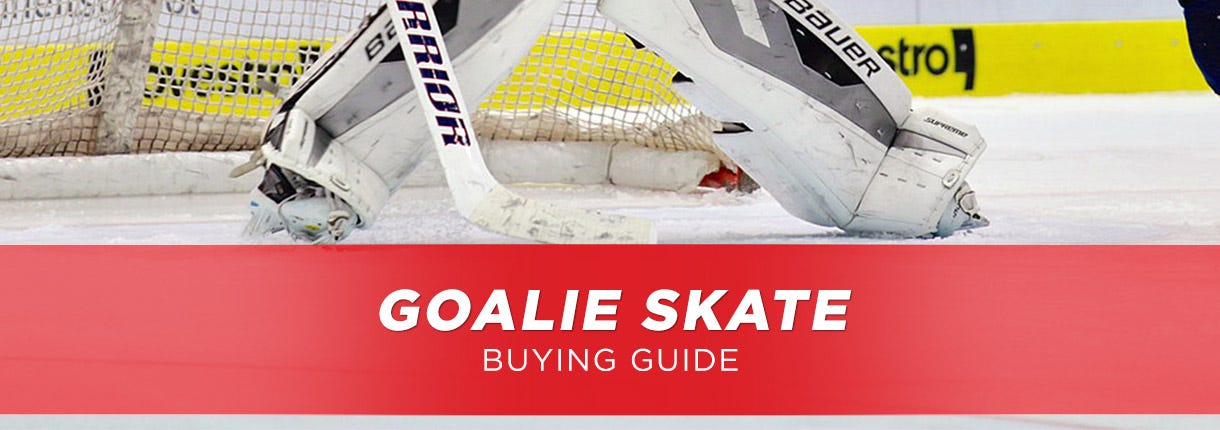
How Should A Goalie Skate Fit?
Skates should fit well to the foot and hug the foot on all 4 sides of the skate. A proper fitting skate will contour to every side of the foot and should not create any negative pressure points. Once the goalie begins to lace the skate, the tongue of the boot should fit flush between the eyelets and not puff up or move around. Also, the eyelets should not pull over top of the foot. A good starting point for size is going 1.5 sizes down from the goalies shoe size.
Goalie Skate Style and Preference
Over the last few years, there have been a lot of large changes within the industry and goalie skates have been the main focus. The biggest change to the skate is within the cowling or holder. This is the part of the skate that runs across the bottom of the foot that holds the steel. Traditionally this piece has extended onto the inside of the ankle bone and provides a large covering over the toe. Now goalies are focusing on reducing the cowling and wanting a greater attack angle and recoveries. Also, goalie skates have gotten lighter and stiffer to rival the weight and stiffness of player skates. Steel has also begun to change with goalies, including reducing the still from 4mm wide to 3mm wide for easier sharpening, transfer of edges and weight. Lastly, steel is now taller which couples with a reduced cowling size creating an ultimate advantage for movement.
Goalie Skate Usage and Maintenance
Goalie skates are offered in different levels of protection and are made of certain materials to hold up for different uses. Pro skates are designed be used 4-7 times per week, senior skates are to be used 2-5 times a week and lower senior skates are to be used 1-3 times a week. Skates tend to be an item in which goalies might automatically look at a higher model. When goalies are on the ice, they are always on their feet and using their edges. Comfort and stability is key for a good stance and goalies should consider other factors to help make their new gear last longer. With skates, taking the footbeds out after every use will help dry the skates, wiping the blades and cowlings down with a skate towel help reduce potential of rusting, and keeping skate guards on will further reduce the risk of losing an edge against any item in the bag. With all of these factors it is ultimately important to keep in mind how well goalies take care of their gear.
Goalie Skate Customization
Skates are the most underutilized custom piece of equipment. A proper functioning skate can reduce foot pain and stress and give the goalie the most connected feeling to the ice. Custom options can include anything ranging from a complete mold of the foot in any size imaginable, numbers of eyelets running up the skate, the stiffness of inside and outside panels, thickness/height of tongues, and steel size. All of these options can create the best feel for a goalie and almost all companies offer custom skate programs.





